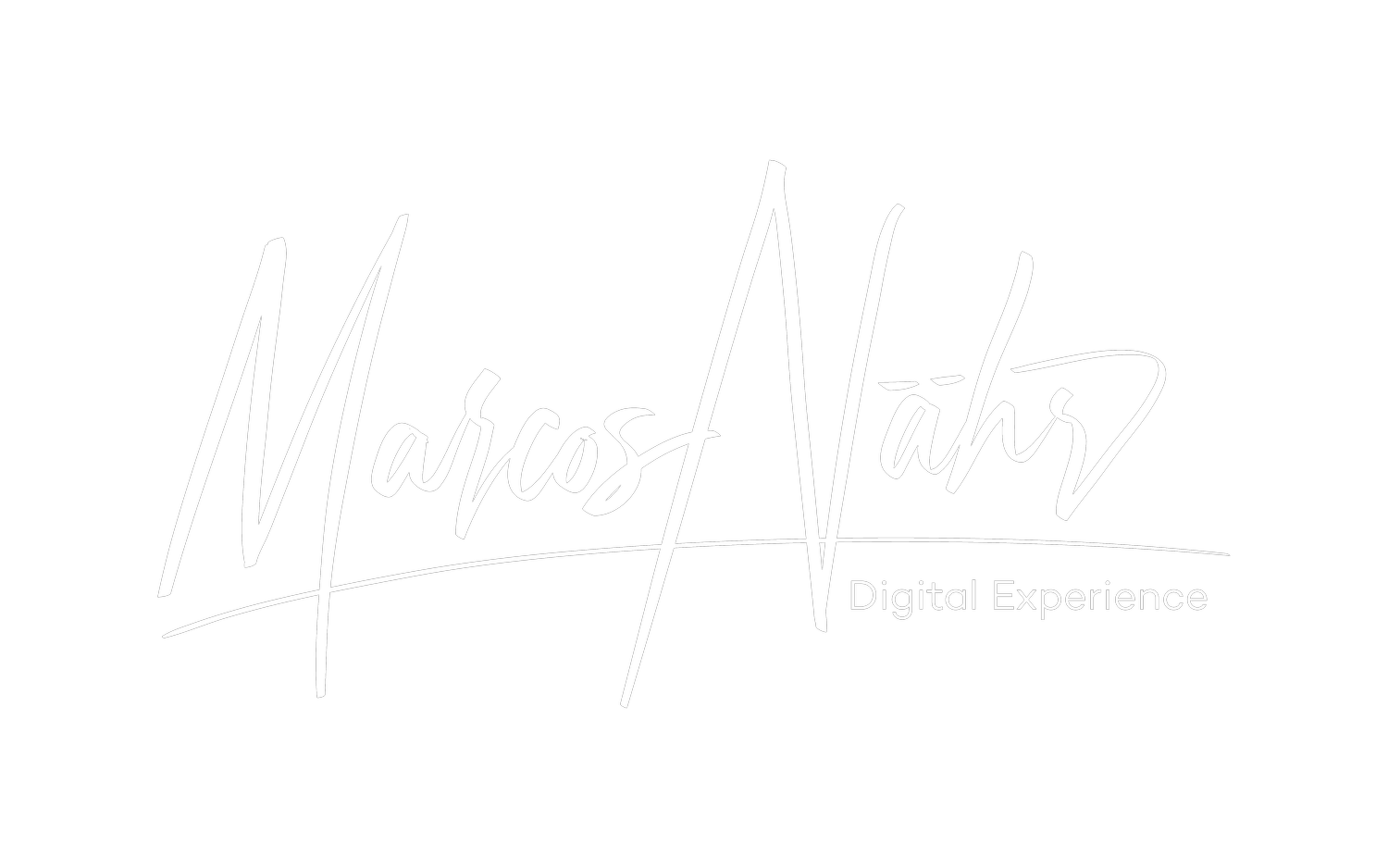The Evolution of Design Leadership
A Journey Through Three Transformative Mindsets
A recent research from the Design Executive Council has confirmed something I've observed throughout my career: the interesting evolution of design leadership across organizational levels. This progression isn't just about ascending a corporate ladder—it's about expanding our impact radius while deepening our understanding of how design drives business value.
Let me share a framework that maps this evolution through three distinct yet interconnected mindsets that design leaders develop and integrate over time.
The Foundation: Design Intrapreneur
(70% Hands-on Innovation | 20% Strategic Vision | 10% Cross-functional Alignment)
At the team lead level, we begin as makers and problem-solvers. Our days are filled with transforming opportunities into tangible solutions, leading through craft excellence and rapid innovation. We're closest to the work, spending roughly 70% of our energy on hands-on innovation and execution. This is where we learn to balance creativity with constraints, to translate abstract requirements into concrete solutions.
The Bridge: Mid-Level Leadership
(40% Execution Excellence | 40% Future Planning | 20% Stakeholder Orchestration)
As we progress to managing multiple teams or programs, our mindset distribution shifts dramatically. We maintain our connection to craft while developing a more strategic perspective. This level demands an equal focus on execution and vision, as we learn to balance immediate needs with long-term objectives. We begin cultivating our ability to unite different stakeholders, though our primary impact still comes from directing and enabling teams.
The Summit: Executive Leadership
(20% Innovation Guidance | 30% Strategic Direction | 50% Enterprise Orchestration)
At the executive level, the Strategic Unifier mindset becomes our primary mode of operation. Yet—and this is crucial—we don't abandon our earlier capabilities. Instead, we learn to orchestrate them at an enterprise scale. We maintain connections to both visionary thinking and hands-on innovation, using this comprehensive perspective to drive organizational transformation.
The Multiplicative Effect
What makes this evolution particularly powerful is how these mindsets multiply each other's impact:
- Intrapreneur × Visionary = Actionable Innovation
- Visionary × Unifier = Strategic Alignment
- Unifier × Intrapreneur = Scalable Impact
For Emerging Leaders:
If you're currently leading through craft excellence, recognize that you're building crucial foundations. Your ability to transform ideas into reality, to prototype and iterate quickly, will remain valuable throughout your career. Start cultivating your visionary mindset by connecting your tactical decisions to larger strategic objectives.
For Mid-Level Leaders:
You're in a unique position to bridge tactical excellence with strategic thinking. Your challenge is to maintain the spark of innovation while developing the broader perspective needed for organizational impact. Focus on building your strategic unifier capabilities while keeping your connection to craft authentic and current.
For Executive Leaders:
Your journey has equipped you with a comprehensive understanding of how design drives business value. Your role now is to create the conditions for others to develop through these mindsets, while using your accumulated wisdom to unite diverse stakeholders around transformative objectives.
The Future of Design Leadership
As design continues to gain strategic importance, this evolution becomes increasingly crucial. Organizations need leaders who can seamlessly move between these mindsets, who understand both the craft of design and its strategic implications.
This isn't just about individual career progression—it's about building the next generation of design leaders who can drive meaningful transformation in our organizations and industries.
